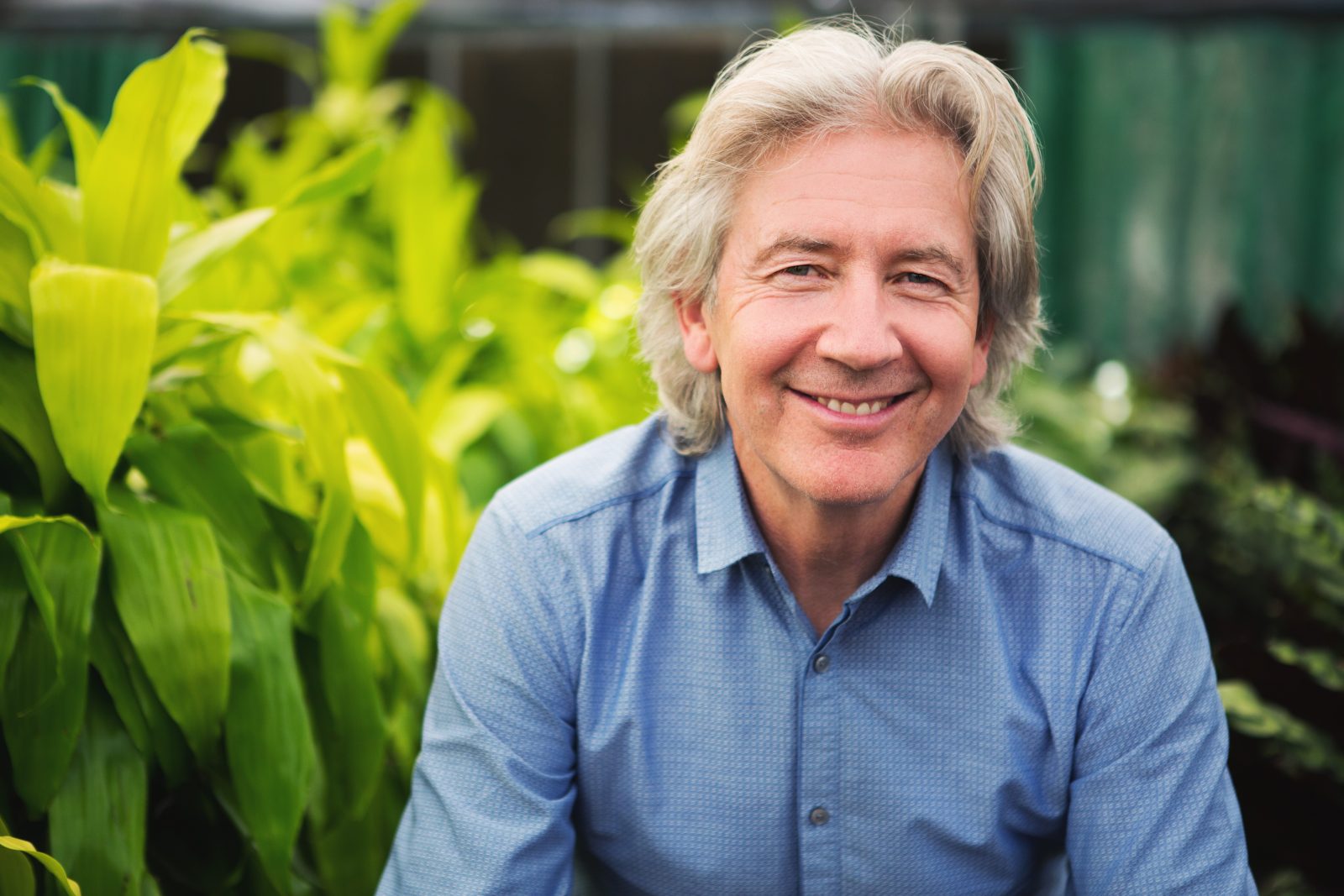VITAMIN C
It’s with great pleasure that I provide this article for Jersey Life magazine, some 25 years after I held a workshop in Jersey after founding the Institute of Optimum Nutrition (ION). There was a great turn out that day and I’m delighted to hear that some of that information is still in use today!
My focus now, and for the past year since the Covid virus hit, has been raising awareness of nature’s nutrient superhero – Vitamin C – to empower the immune system.
Vitamin C is far more than simply a nutrient required in tiny amounts to prevent scurvy. Numerous studies reveal that many health problems respond to treatment quicker and recovery is far speedier, when you are receiving adequate levels of Vitamin C. There’s no doubt that vitamin C is gold dust for your immune system. It boosts interferon, inhibits viruses multiplying and boosts the production of immune cells, including phagocytes which attack viruses, and white blood cells (leucocytes). It is also a neuramidase inhibitor.
Vitamin C Research
In 1970 twice Nobel prize winner Linus Pauling, who was my teacher and patron of the Institute for Optimum Nutrition, wrote a book on vitamin C and the common cold, arguing that us primates, like the guinea pig and fruit-eating bat, cannot make vitamin C and need much more when fighting an infection.
Following this book, between 1972 and 1975, five placebo controlled studies giving 2 or more grams of vitamin C were published. [1gram(g) = 1,000milligram(mg)]. Pooling the results together, Professor Harri Hemila from the University of Helsinki showed that ‘there was very strong evidence that colds were shorter or less severe in the vitamin C groups’ thus confirming that Pauling was right.
But the medical establishment (aka big pharma) didn’t like this and soon two ‘reviews’ came out, by Chalmers and Dykes & Meier claiming no effect. The word went out – vitamin C doesn’t work. The main flaw was that, by including very low dose studies, down to 25mg a day, and fudging the maths, they could eliminate a statistical effect.
Professor Harri Hemila then published the most comprehensive review of all studies, including a clear exposé of the flaws that were used to falsely discredit vitamin C, to tell the whole truth, and nothing but the truth about vitamin C and colds. In 2020 I published my book Flufighters and initiated the VitC4Covid campaign [www.vitaminc4covid.com] to take up the mantle of raising the profile of Vitamin C worldwide – for boosting immunity in particular for covid symptoms, including its use in hospitalisations.
Dr. Pierre Kory, the Medical Director of the Trauma and Life Support Center and Chief of the Critical Care Service at the University of Wisconsin says “If you can administer vitamin C intravenously starting in the Emergency Room and every 6 hours thereafter, the mortality rate of this disease and the need for mechanical ventilators will likely be greatly reduced,” The big question, he says, is “Why aren’t many more US hospitals adopting this protocol? “The only reason I can give is that there is widespread bias amongst physicians against the use of vitamin therapy,” He adds, “The persistence of this bias is inexplicable given that the evidence is in plain sight.”
The big problem is that vitamins are not patentable, and relatively inexpensive, and therefore no trials will be funded by the pharmaceutical industry. There remains an unjustifiable media and medical bias against vitamin C despite indisputable scientific evidence to the contrary. We need the state to give funds for vitamin trials.
Fight Infection
That’s the politics so what are the facts?
While a relatively small amount of vitamin C is sufficient for healthy people the effective use of vitamin C depends on how much is required to support the immune system.
When a person is infected, the amount required increases dramatically. This is illustrated by the depletion of vitamin C levels in leucocytes, critical for immune response, during colds and flu. These critical immune cells normally have more than 10-fold higher vitamin C levels than other cells. An intake of 6 g/day has been shown to restore normal vitamin C levels in leucocytes during colds. This suggests that similar daily doses may be required to have a symptom reducing effect.
Studies giving 3 vs 6 or 4 vs 8 g/day have shown the higher the dose the greater the effect with a 20% decrease in cold duration with 6 to 8 g/day. This equates to 1.5 to 2 days shorter colds. However, 46% of those taking 8 g/day in the first day of a cold report being symptom free after 24 hours. Case reports indicate greater effect with doses of 15+ g/day, titrating the dose to ‘bowel tolerance’ levels.
You have to have a high dose from the immediate impact of an infection or virus. During infection most people can tolerate 1 g/hr without diarrhoea. This was Dr Linus Pauling’s recommendation – to start with a loading dose of 2 or 3 g, then take 1g/hr until symptoms disappear. This is what I take.
Vitamin C is one of the safest and most effective nutrients for the body and is fine for most adults to take. I take two of my ImmuneC tablets which equates to 1800gm of Vitamin C a day which I formulated with black elderberry and zinc – which are also important for immune health. I have been doing this for 35 years and can only recall a few occasions where symptoms lasted more than 48 hours.
By Patrick Holford












Leave a Reply